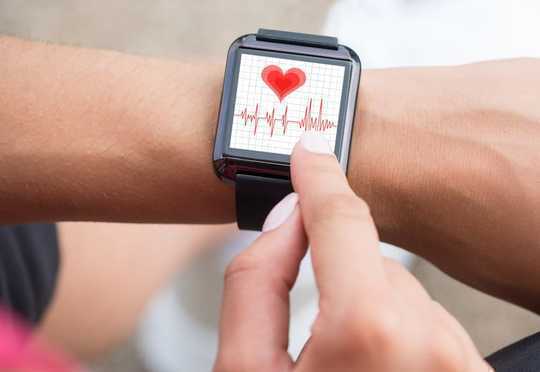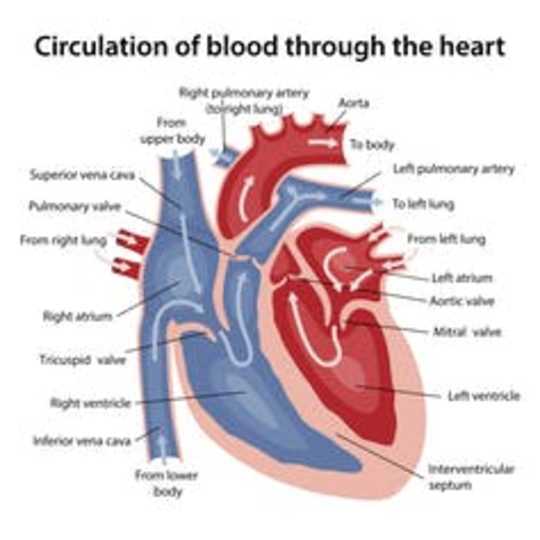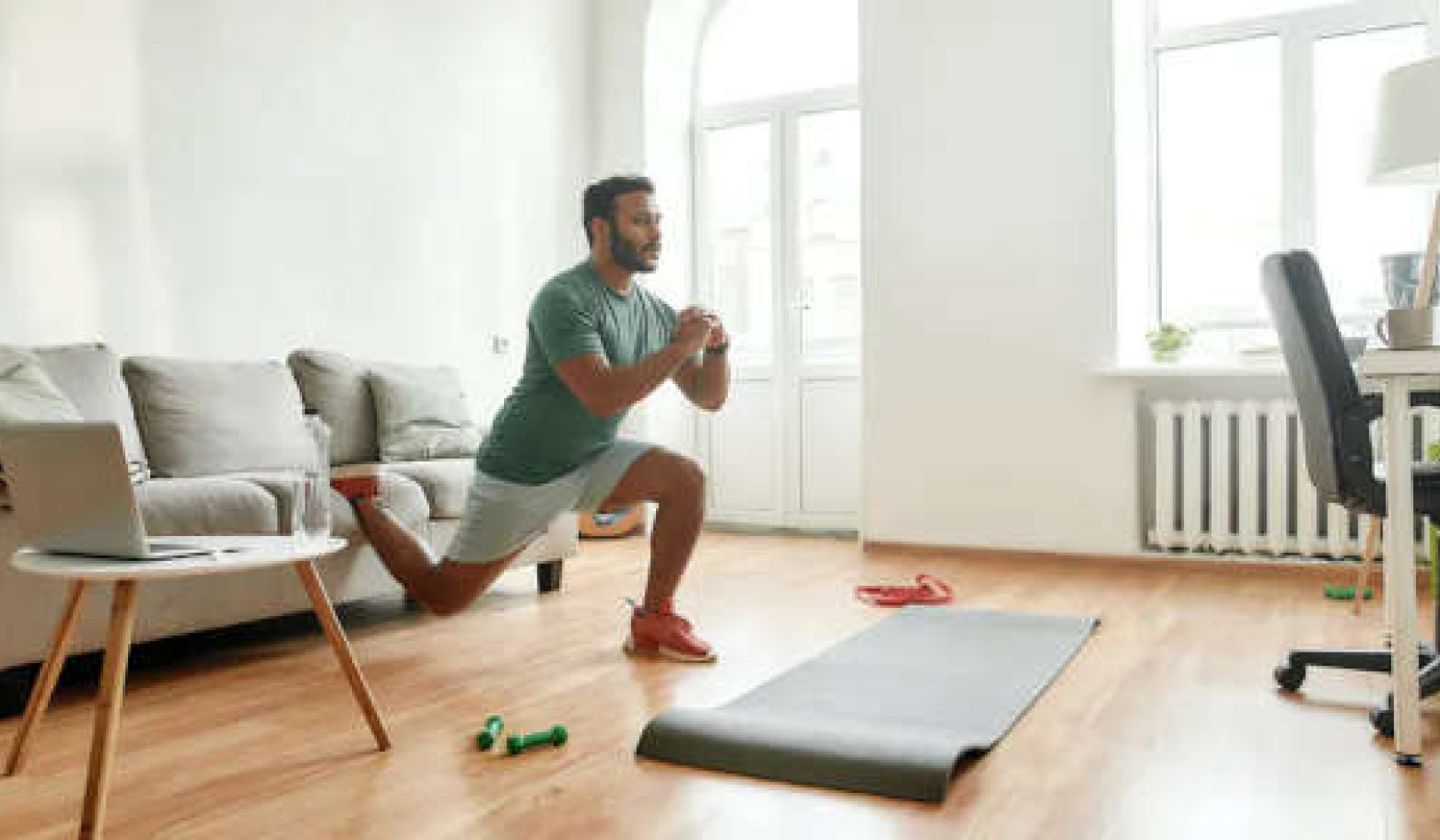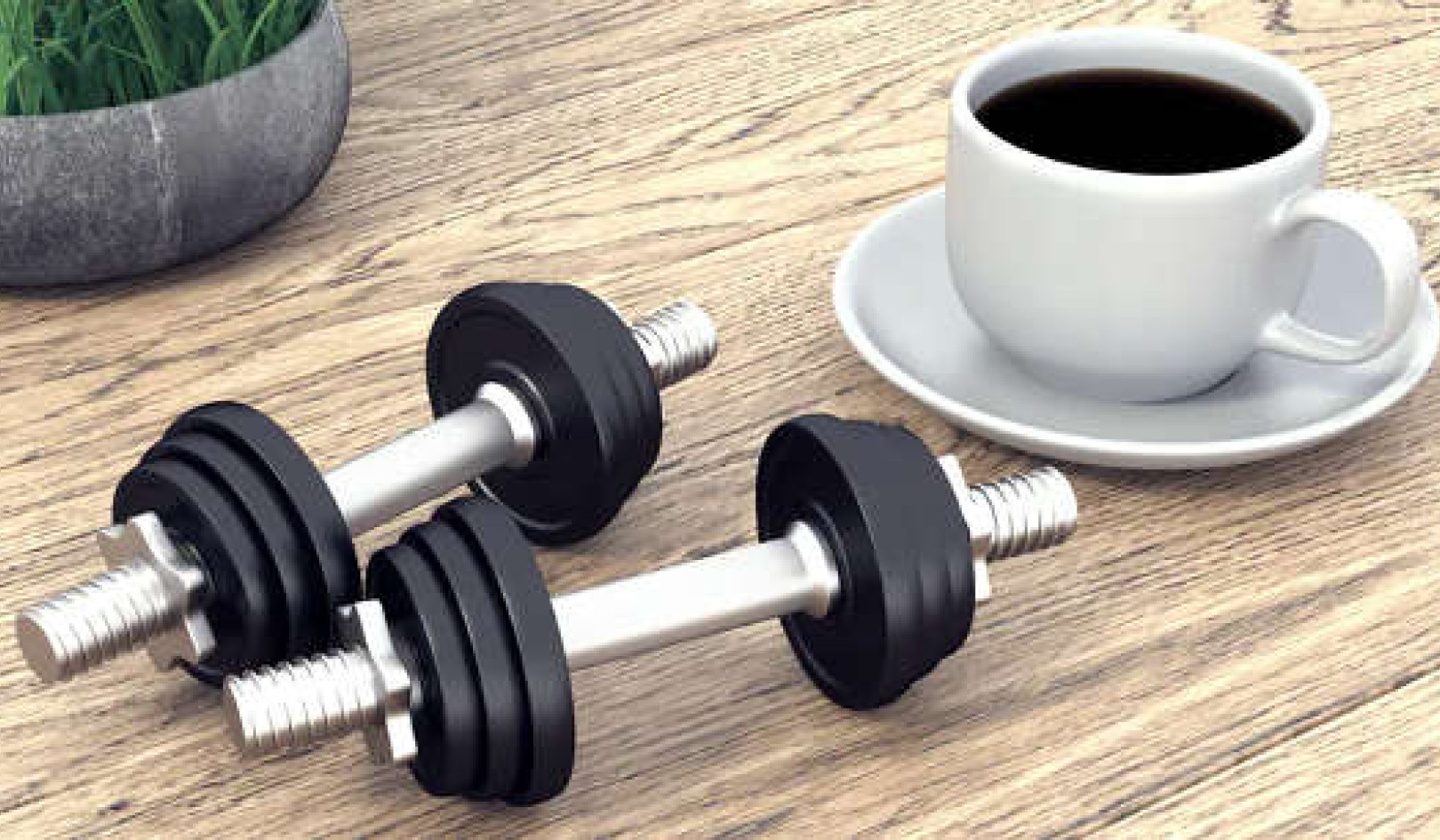 It’s one of your body’s most basic vital signs. Andrey_Popov/Shutterstock.com
It’s one of your body’s most basic vital signs. Andrey_Popov/Shutterstock.com
The rise of wearable fitness trackers has increased the number of people monitoring their heart rate, both throughout the day and during exercise.
Whether you’re an athlete trying to gain the competitive edge, a weekend warrior tracking progress or someone who is just trying to improve your health, consider heart rate a valuable tool in understanding the work of your amazing body as it achieves those first steps, that next 5K or even Olympic gold.
Heart rate is one of your body’s most basic vital signs, yet many people have questions about what heart rate really tells them. What should your target heart rate be during exercise? Does it even matter?
1. What is your heart rate?
First, the basics: Your heart rate, also sometimes called your pulse rate, is the number of times your heart contracts per minute.
Get The Latest By Email
 The left ventricle does the bulk of the work, pumping your blood through your aorta off to the rest of your body. Olga Bolbot/Shutterstock.com
The left ventricle does the bulk of the work, pumping your blood through your aorta off to the rest of your body. Olga Bolbot/Shutterstock.com
Physiologists like me focus on the contractions of the left ventricle, the chamber of the heart that generates pressure to drive blood out through the aorta and on to the entire body. The heart’s pumping capacity directly relates to its ability to deliver oxygen to the body’s organs.
If you’re running up the stairs or hauling something heavy, your muscles and organs are going to need more oxygen to help power your actions. And so your heart beats faster.
2. How do you measure heart rate?
The easiest way to measure heart rate is to find your pulse and count the number of pulses felt over the course of one minute.
In adults, the best places to feel for a pulse are large arteries that are near the surface of the skin, such as the carotid at the side of your neck or the radial on the underside of your wrist. If feeling for the carotid pulse, don’t press hard enough to disrupt blood flow to and from the head.
More recently, watches and other wrist-based fitness monitors have incorporated optical sensors to track heart rate. These wearable devices use technology called photoplethysmography, which has been around since the mid-1970s. Each beat of your heart sends a little surge of blood through your veins. The monitor detects this by shining green light onto your skin and then analyzing the light that gets refracted back by the red blood flowing underneath.
This kind of heart-rate monitoring is popular, but it has shortcomings for people with dark skin.
Some exercisers rely on chest straps that measure electrical activity and then transmit that signal to a watch or other display device. This technique depends on picking up the electrical signals within your body that direct your heart to beat.
For the most part, the two techniques are about equally accurate.
3. What controls your heart rate?
Your autonomic nervous system is mostly in charge of your heart rate. That’s the portion of the nervous system that runs without your even thinking about it.
In healthy hearts, as someone begins to exercise, the autonomic nervous system does two things. First, it removes the “brake” that keeps your heart beating slowly and steadily under normal conditions. And then it “hits the gas” to actively stimulate the heart to beat faster.
In addition, the amount of blood ejected from the left ventricle with each heart beat – called the stroke volume – increases, particularly during the initial stages of exercise.
Together, higher stroke volume and more beats per minute mean the amount of blood delivered by the heart increases to match the increased oxygen demand of exercising muscles.
 Working hard or hardly working? Maridav/Shutterstock.com
Working hard or hardly working? Maridav/Shutterstock.com
4. How does heart rate relate to exercise intensity?
As your exercise session becomes more intense and more work is done, your heart beats faster and faster. This relationship means you can use heart rate as a surrogate measure for the intensity of exertion, relative to one’s maximal heart rate.
Your maximum heart rate is the fastest your heart can functionally beat. So how do you know what your number actually is?
In order to determine your maximum heart rate, you could do increasingly difficult exercise, like walking on a treadmill and increasing the grade each minute, until you can no longer keep up. But it’s much more common (and often safer!) to estimate it. Many studies have identified that maximal heart rate goes down with age, and thus age is included in all estimation equations.
The most common and simplest prediction equation is: Maximal heart rate is equal to 220 minus your age. From that number, you can calculate a percentage of maximum to provide target heart rate ranges in the moderate (50%-70%) or vigorous (70%-85%) categories of exercise, important in terms of meeting the recommended levels of exercise for overall health benefits.
Interestingly, this equation, while perhaps most common, wasn’t based upon empirical research and is not as accurate as others you can try, like your age multiplied by 0.7 and then subtracted from 208.
As with any prediction equation, there is always some individual variability. To accurately know your max heart rate at your current age, you’d need to measure it during maximal exercise.
5. Why is exercise intensity important?
In addition to helping you to know whether you’re meeting general recommendations for exercise, knowing the intensity of a given workout session can be of benefit in other ways.
First, the body uses different primary sources of energy to fuel exercise of different relative intensities. During lower-intensity exercise, a greater proportion of the energy you’re using comes from fat sources in your body. During higher-intensity exercise, more of the energy utilized comes from carbohydrate sources.
But don’t slow that treadmill down just yet if you’re hoping to drop pounds of fat. Lower-intensity exercise also requires less energy overall. So, to burn the same amount of calories with lower-intensity exercise, you’ll need to exercise for longer than you would at a higher intensity.
Secondly, the intensity of a set amount of work – like a particular speed/grade combo on the treadmill, or a certain wattage on a rowing ergometer – reflects your overall fitness. Once you can complete the same amount of work at a lower relative intensity – like if you can run a mile in the same amount of time but with your heart beating slower than it did in the past – you know you’ve gained fitness. And increased fitness is associated with a decrease in death from any cause.![]()
About the Author
Anne R. Crecelius, Associate Professor of Health and Sport Science, University of Dayton
This article is republished from The Conversation under a Creative Commons license. Read the original article.
books_exercise









